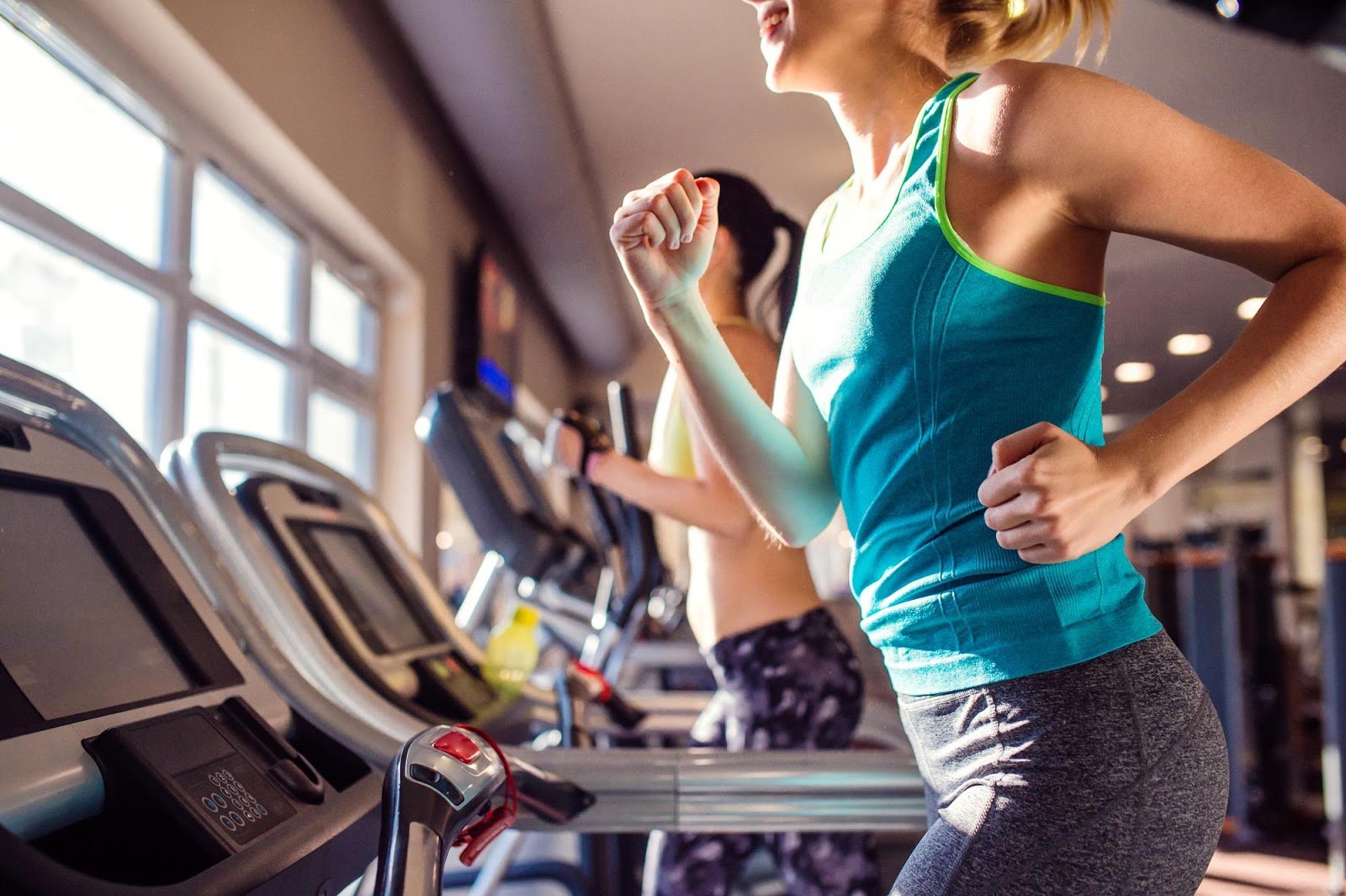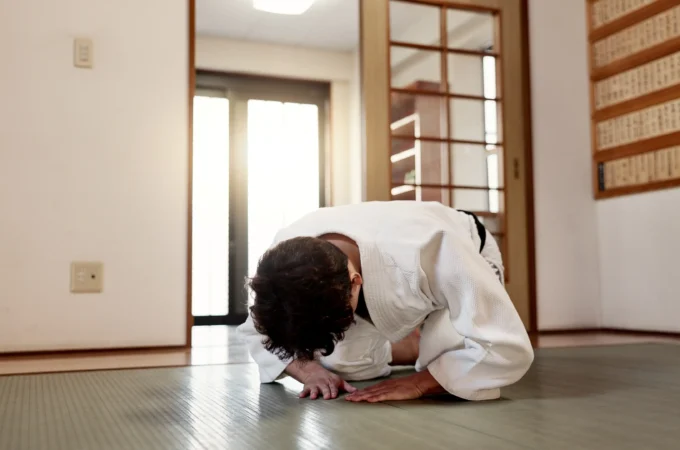
How to Choose the Right Training Clothes
Training clothes are something that most people tend to accumulate over time, yet we seem to stick to the same old ”workout uniform”, week in and week out. Why? Because they’re the most comfortable and reliable.
This is where most people go wrong when choosing workout gear: they tend to choose what’s stylish and on-trend, versus what’s practical and long-wearing. Choosing the right training clothes is not always about wearing top high-end brands — it boils down to what suits your style of exercise.
Check out the rest of this blog for top tips on how to choose the best workout kit.
1. Ensure Your Training Clothes Are Made From Robust Fabrics
Choosing the right type of fabric for your workout gear makes a difference. Some fabrics are specifically designed to absorb sweat, and pull it away from your skin as your exercise. Here’s what to look for when choosing fabric:
- Go for thick wicking — this is breathable, synthetic fabric that wicks sweat away from the skin, helping it evaporate quickly, keeping your body cool
- Avoid cotton fabrics — this fabric is designed to absorb sweat, but that doesn’t mean it pulls it away from the skin. Rather it leaves your clothes feeling heavy, sticky, and uncomfortable
- Stay away from unbreathable fabrics — this includes clothing made from plastic or rubber-based materials. These materials keep the sweat from evaporating and will cause major overheating

If you don’t want to walk around with large, obvious sweat patches, opt for dark-colored sports bras, t-shirts, crops, and leggings — checkout Onzie Leggings for a range of breathable workout gear.
2. Choose the Right Fit For Comfort and Performance
The fit of your workout clothes depends on your preferred exercise. But as a general rule, make sure you choose stretchy, fitted fabrics for activities such as yoga, pilates, HIIT workouts, and weight training. This way, you won’t have to worry about loose materials falling in your face or getting tangled up as you exercise.
If you prefer running or biking, loose-fitting clothes are a better choice, due to the risk of chaffing. But make sure you avoid wide-leg or loose pants for cycling which could get caught up in your gears or pedals.
3. Change Up Your Training Gear Based on Seasons
This is particularly relevant if you exercise outdoors or play seasonal sports. Naturally, you should change your workout gear according to the weather. In summer, you want to go for fabrics that are breathable and wick sweat away when training outdoors. Make sure your clothing allows you to move freely.
In the colder weather of autumn and winter, it’s important to dress warmly, but don’t overdo it. Remember that as your heart rate goes up, so does your body temperature. It’s best to dress in light layers than can be removed, or choose cold-weather fabrics that regulate your body temperature as you exercise.

Keep sweat-wicking clothing as your inner-most layer, and then wear an insulating layer over the top of that.
Get Your Local Sports Updates Here
Choosing training clothes doesn’t have to be complicated. Remember that you shouldn’t sacrifice comfort and performance for style or trends. Choose your best kit to suit you and your workout schedule.
For more on local news and sports updates in the Nevada region, don’t miss out on the rest of this site. Find detailed weather updates so you can plan your next outdoor workout and the right gear for the task!




